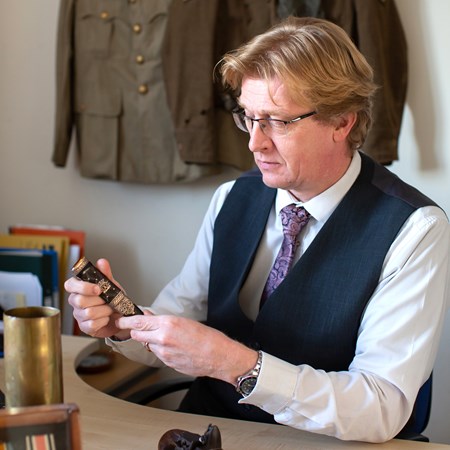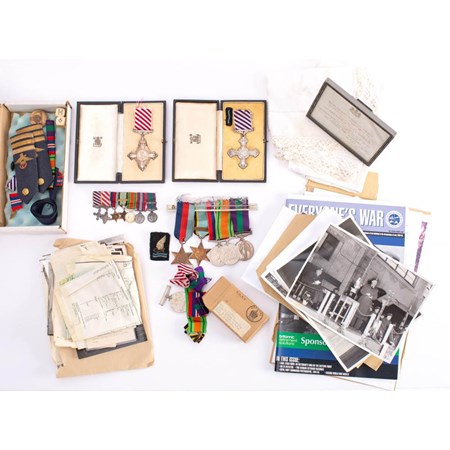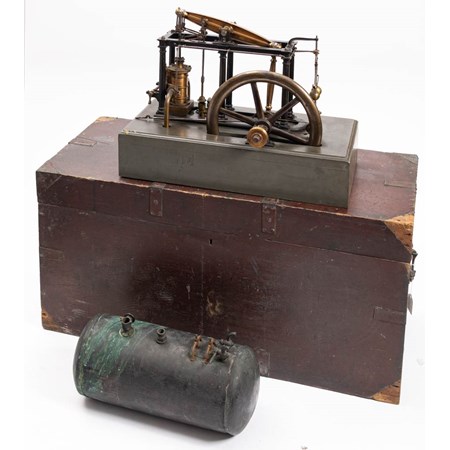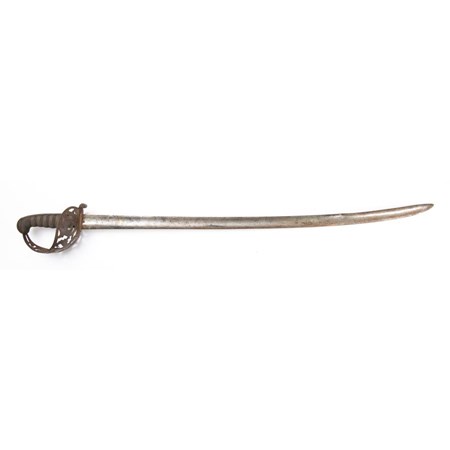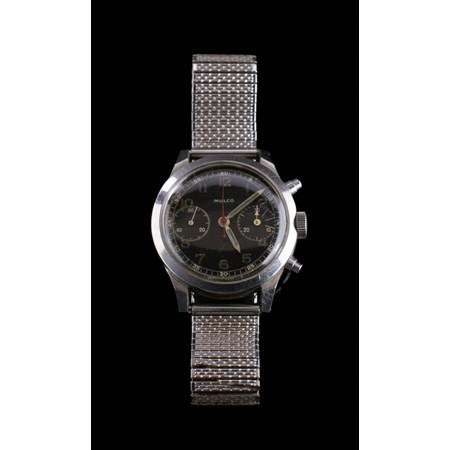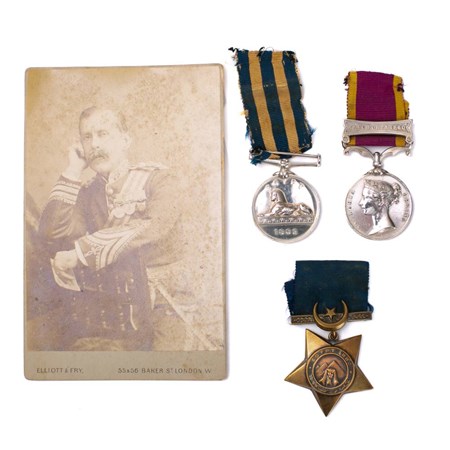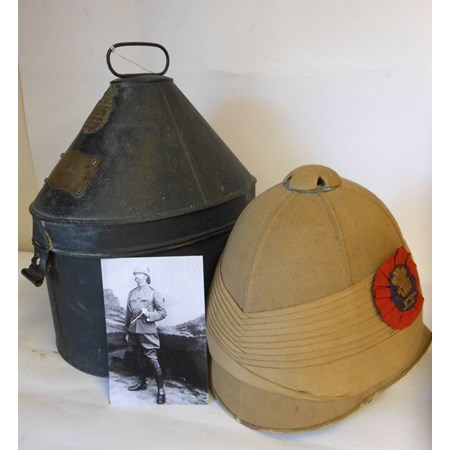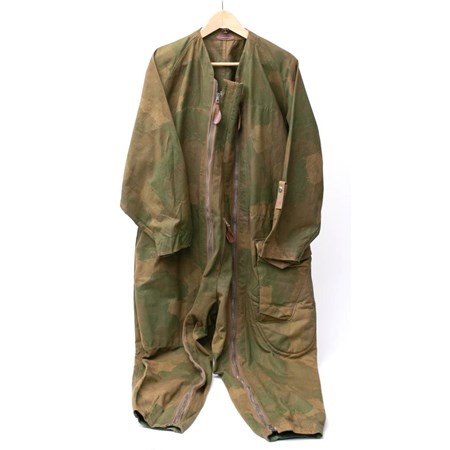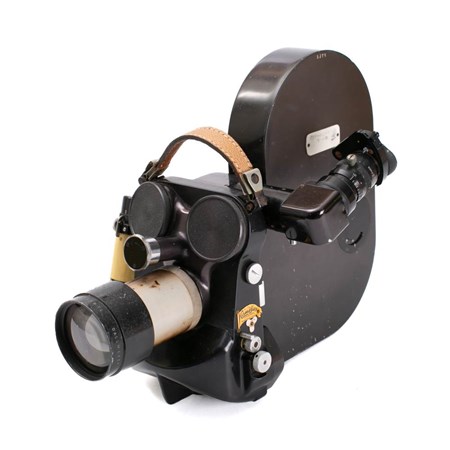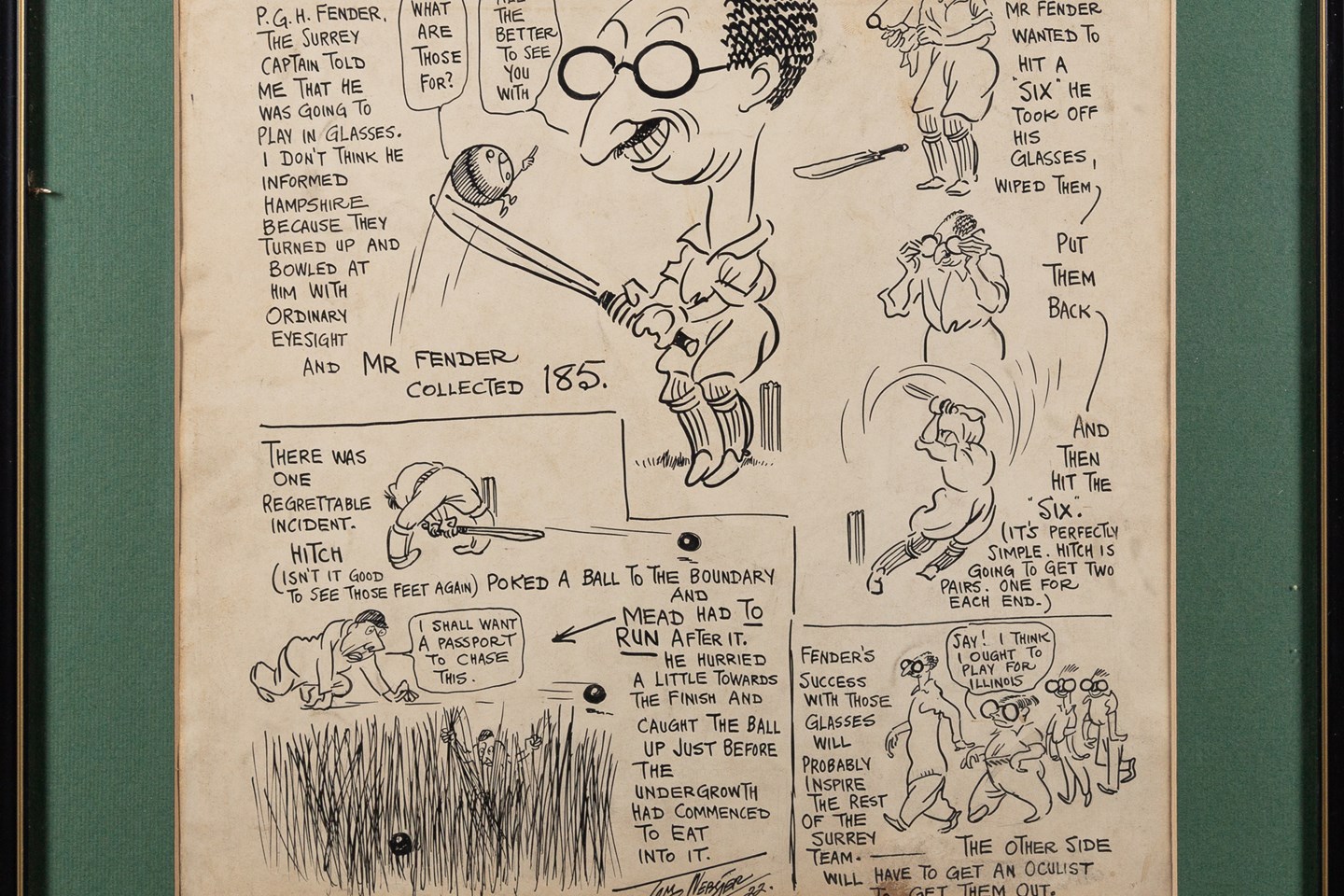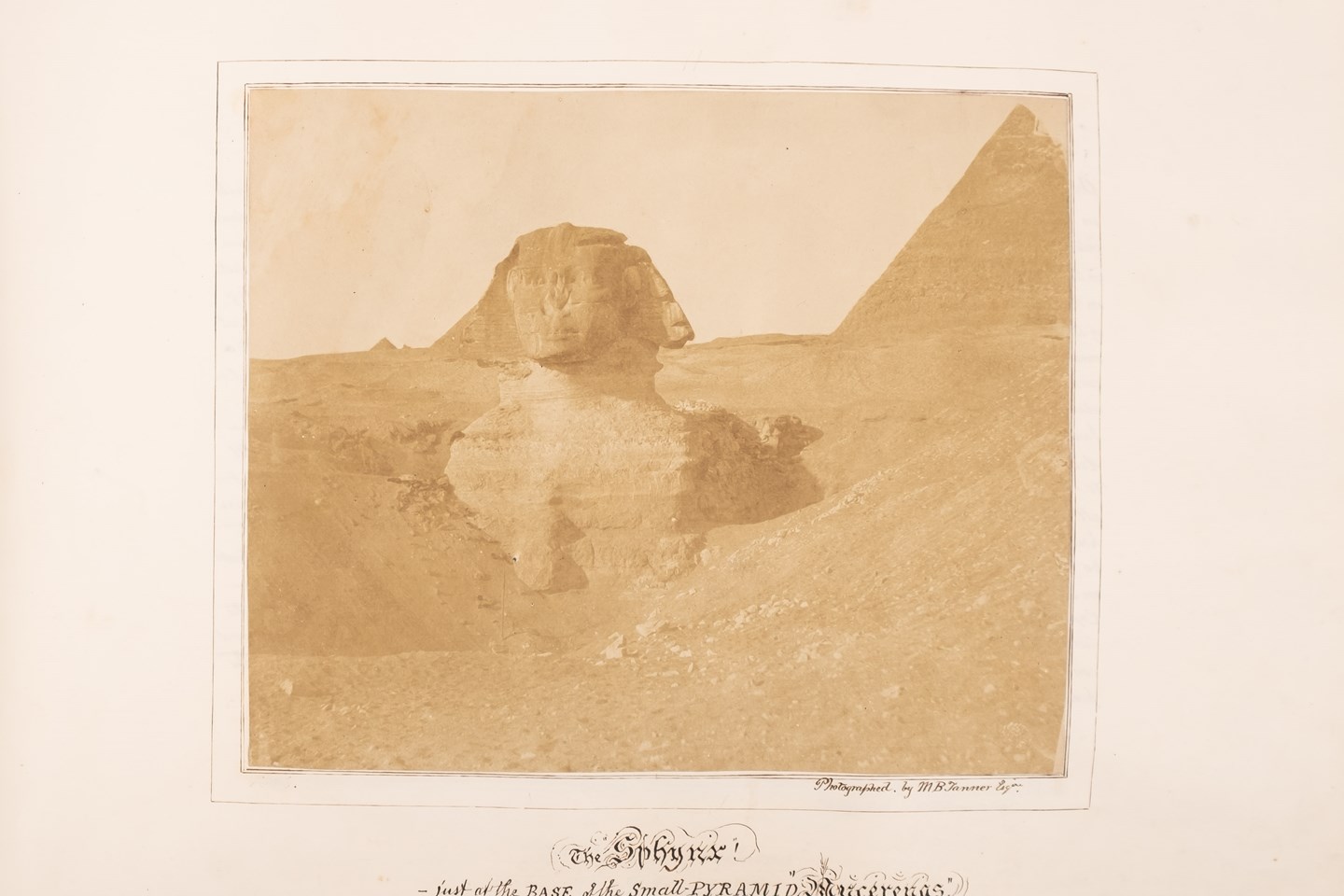The Collectables and Toys Department deals with a wide range of artefacts, ranging from Collectables such as Coins, Stamps and Posters, Militaria, Medals and Edged Weaponry through to Toys such as Diecast Models, Railwayana, Dolls and Teddy Bears, wines, vinyl records, stamps, vintage vehicles and much, much more.
The department is responsible for three Collectors sales each year, which is perhaps one of the most eclectic (and eccentric) auctions on the sale calendar. As the most interesting and fluid market in the auction world, with ever changing demands and interest, the main driving force for buyers and collectors is nostalgia.
Brian Goodison-Blanks is head of the Collectors department and with his vast knowledge, he is always happy to advise on items, whether it be one single item or a whole single owner collection, of which there have been many.


